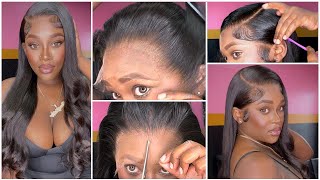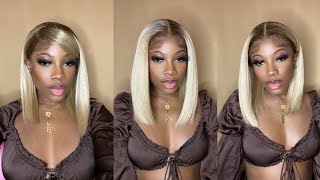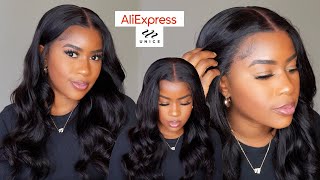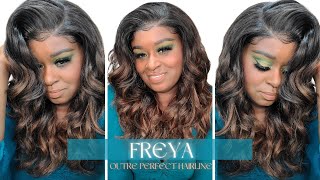Different Types of Hairlines for Women
When you think about the physical characteristics that make a woman’s face attractive, the hairline isn’t usually the first one that comes to mind. Still, certain types of hairlines are more desirable and flattering than others, so never underestimate them as being less important than the nose, eyes, lips, or chin.
The hairline helps create a part of the face’s silhouette, but it doesn’t define the entire facial shape. Instead, it acts as a frame that creates a balance between the upper (eyebrows, eyes, forehead) and the lower (jawline, lips, chin) sections of the face.
Different Types of Hairlines
Each person’s hairline is as unique as their fingerprints, but in groupings, hairline types are usually divided into four broad categories: high hairline, normal hairline, low hairline, and receding hairline.
Included within these categories are specific types of hairlines whose characteristics are defined by the place on the forehead where the hairline starts.
Specific Categories of Hairlines for Women
High Hairline
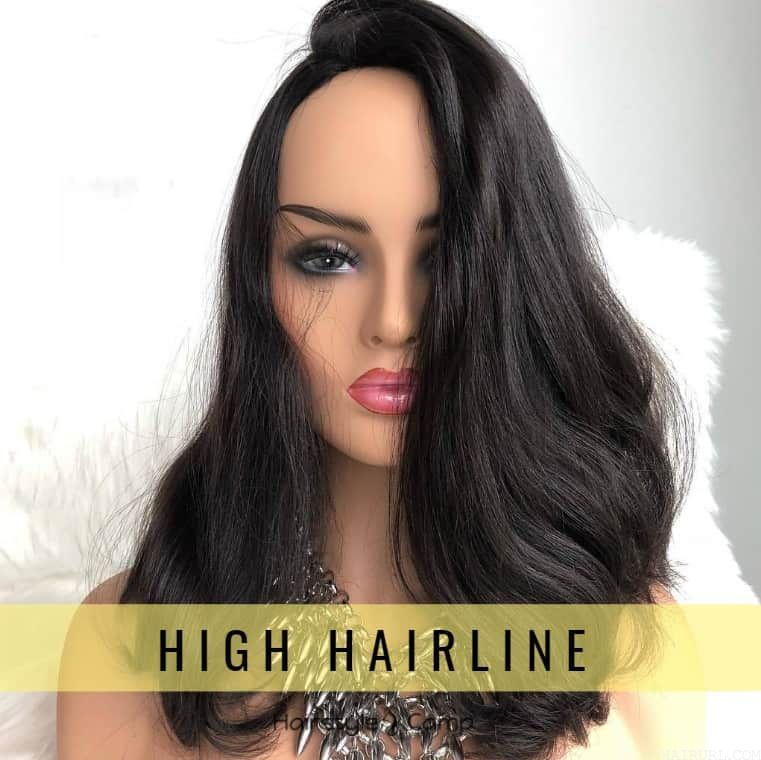
When a woman is young, having a high hairline isn’t usually a worrisome issue. As she ages, however, a high hairline can be perceived as hair loss or a receding hairline.
That’s why, if you were born with a round or bell-shaped hairline, you should avoid wearing your hair in tight, combed back styles. (This doesn’t mean that you can never wear a ponytail or a bun, just don’t do it all the time.) The constant pulling and tugging at your hairline area adds undue stress to the hair follicles and could eventually cause hair loss.
Low Hairline
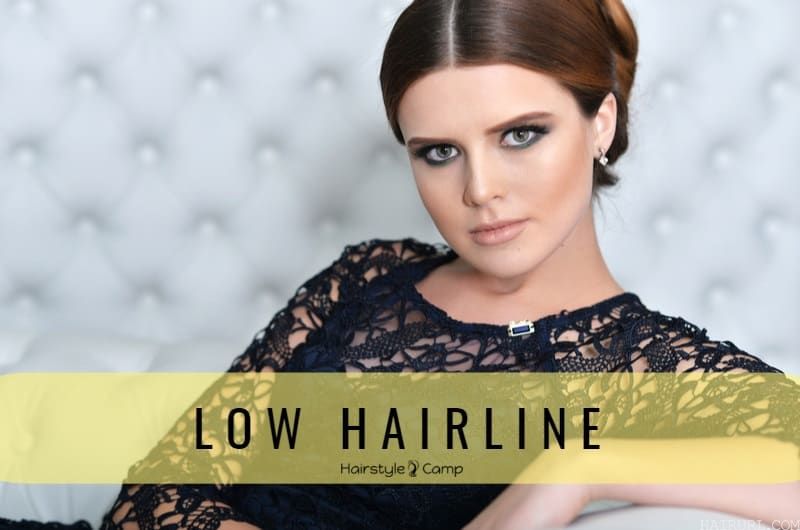
If your forehead area appears smaller and shorter than most, you likely have a low hairline.
Since it’s natural for the hairline to shift slightly upwards as you get older, starting out in life with a lower hairline can be an advantage. If you have a low hairline, you’re in great company; many beautiful and famous women have them — (think Fergie, Sandra Bullock, Mayim Bialik, and ALL five of Kris Jenner’s daughters).
Normal Hairline
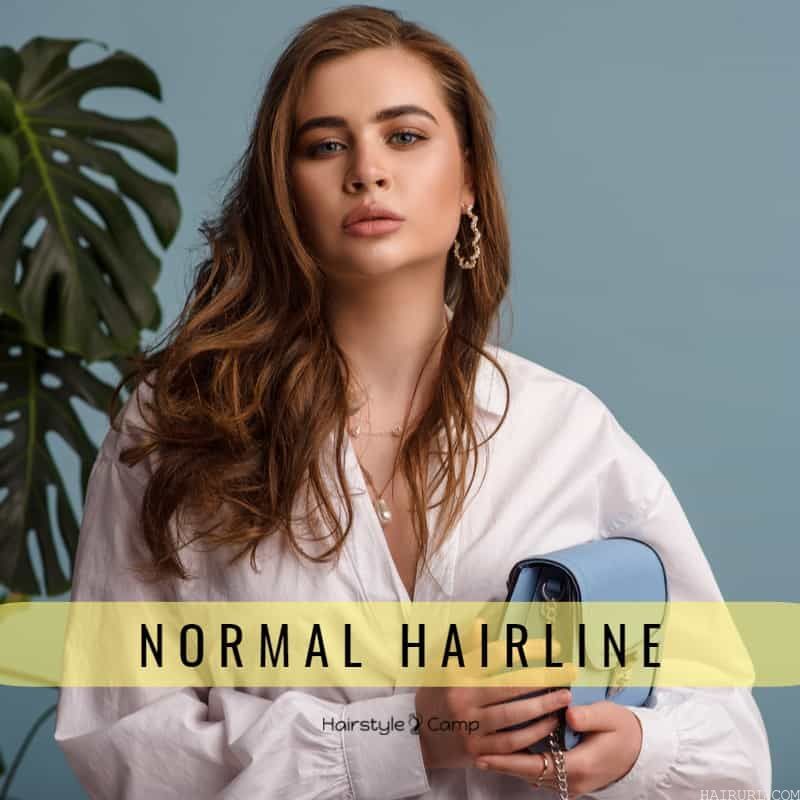
A normal hairline offers the best of both worlds, and it’s also the most common hairline type for women.
If you have a normal hairline, your forehead won’t look too small or too broad, and you shouldn’t notice any serious issues with hair loss as you get older. Even though you can feel confident wearing lots of updos and ponytails, stay aware that you could create a receding hairline over time if you continuously pull them too tight.
Receding Hairline
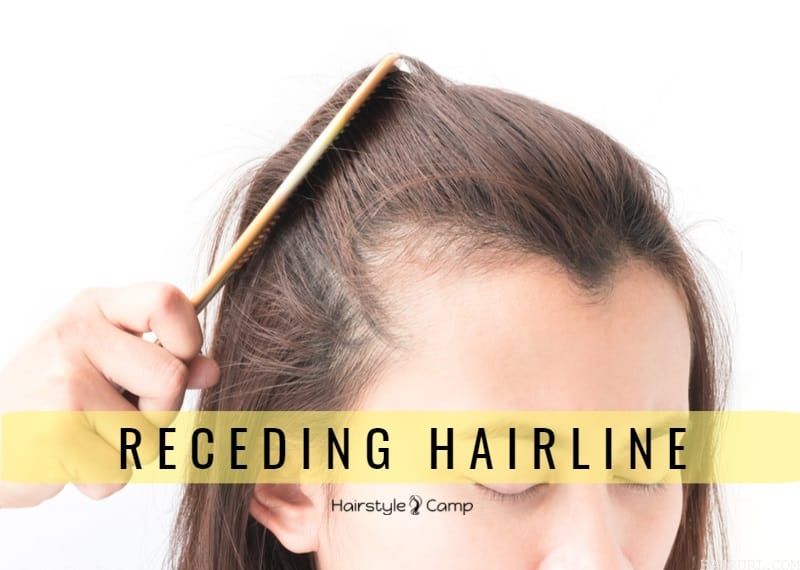
A receding hairline in the “frontotemporal corners” can affect any woman as she ages, especially those who have a family history of hair loss. While you won’t usually lose all the hair in those areas, it can thin significantly, leaving you with fine, wispy “baby” hair in those sections.
Certain medical conditions can also play a role, such as anemia, vitamin or protein deficiencies, and thyroid disease. As mentioned earlier, repeatedly wearing your hair in a too-tight ponytail or bun could cause the hairline to recede over time.
Typical Female Hairline Patterns
Regardless of whether you have a normal, high, low, or receding hairline, the actual shape usually falls into one of the following categories:
Widow’s Peak
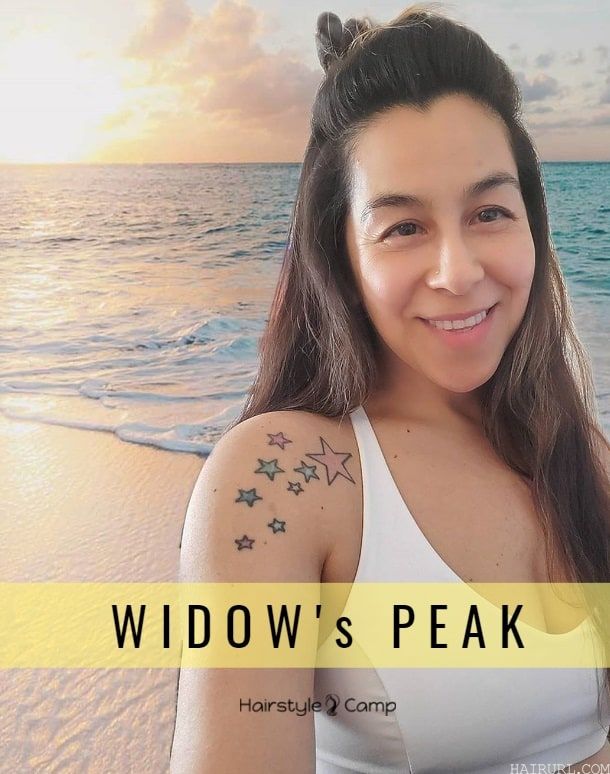
This hairline pattern can best be described as a ‘V’ or an M-shaped point at the center of the forehead. Unless it has an unnaturally prominent point, most women enjoy having a slight widow’s peak, but if you notice hair loss on either side, your hairline may be receding.
- You can camouflage a too-deep widow’s peak with side-swept or spiky bangs, or lightly pluck the area to reduce an overly pointy tip (but don’t shave it!).
- An inverted widow’s peak is shaped like a W. Also known as a triangular hairline; it’s less common than a widow’s peak but no less attractive.
Straight (Rectangular)
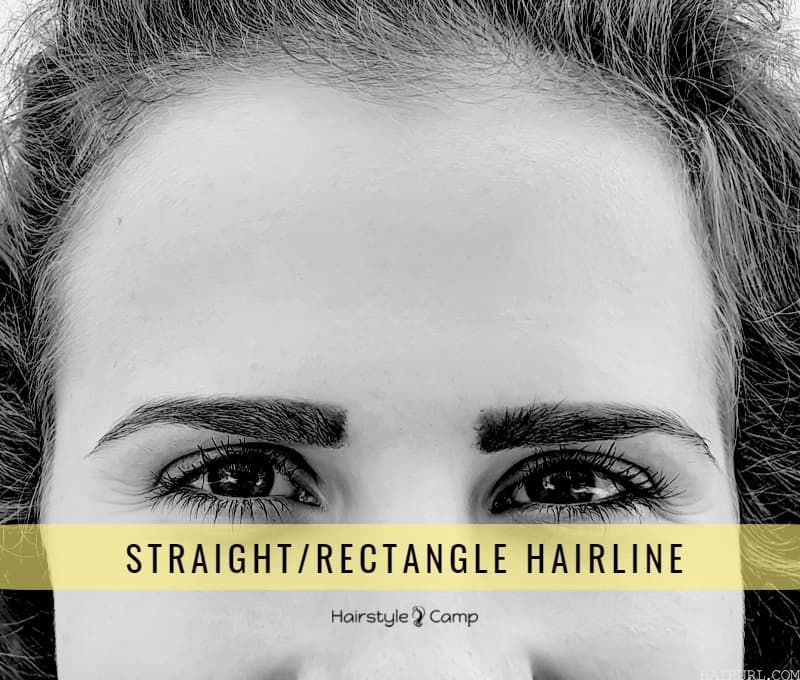
Women’s hairlines rarely fall perfectly straight across the forehead, but they may come across as so, depending on the hairstyle.
- If you prefer a more feminine appearance, then avoid haircuts and combing techniques that emphasize a precisely rectangular hairline, as they tend to create a more masculine feel.
- Swoopy or side-swept bangs can also make a rectangular hairline come across as more soft and gentle.
Rounded or Bell-Shaped
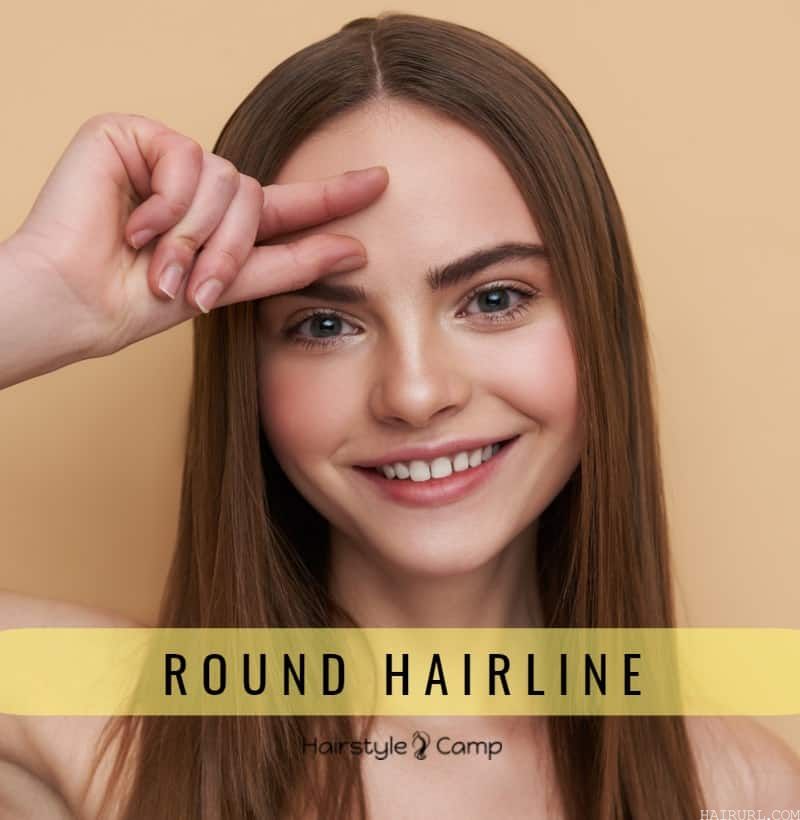
Some women have a bell-shaped hairline that can make the forehead appear longer than it actually is.
- Depending on whether your hairline is high, low, or center, the round curvature of a bell-shaped hairline can be deep enough to be a type of receding hairline.
- To distract from the appearance of having a receding hairline, don’t part your hair in the center or wear tight ponytails, buns, or other backswept hairstyles. These will all draw unwanted attention to a hairline that’s already too high on the forehead.
Can You Change Your Hairline Type?
The forehead is bordered at the top by the hairline and the bottom by the eyebrows. The amount of space between these two points determines whether your overall hairline position is high, normal, low, or receding.
Unless you’ve had an accident, surgery, or worn your hair for many years in a style that’s permanently changed the appearance of your hairline, your hair follicle pattern is genetically determined.
Ethnicity also sometimes plays a role in your hairline type, so to a certain extent, there’s not much you can do to change it, short of undergoing plastic surgery.
It’s always best when you’re content with the physical features Mother Nature gave you, and that goes for your hairline’s shape and position too. Regardless of which type of hairline you have, you can rest assured knowing there are plenty of haircuts and styles that will help you blend it in to achieve an attractive look that fits your face correctly.

